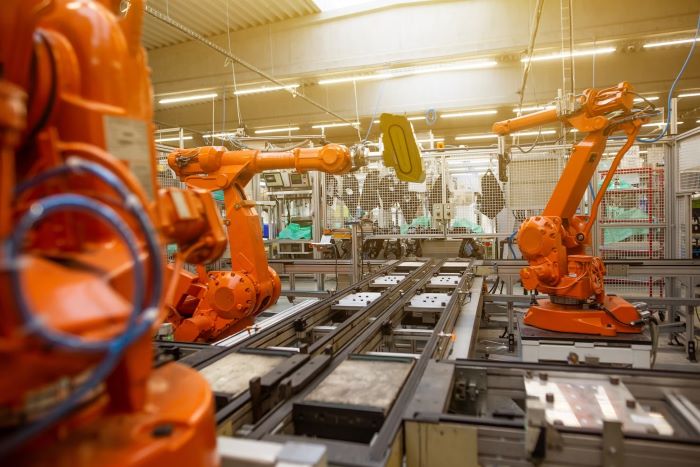Technology
How Technological Advances Are Shaping Smart Manufacturing

Imagine walking into a factory where machines communicate seamlessly, making adjustments on the fly. Welcome to smart manufacturing in 2024.
You see AI-driven robots working with precision, cutting downtime and waste. Advances in injection molding create cleaner parting lines, improving product quality and speed.
New tech isn’t just cool; it’s practical and profitable for your business. Ready to explore how these innovations can transform your workflow?
Read along for insights that could reshape how you think about manufacturing.
Artificial Intelligence in Manufacturing Processes and Predictive Maintenance
AI has revolutionized manufacturing with predictive maintenance, optimizing equipment lifespan and reducing unexpected downtime. Imagine AI systems predicting when a machine needs service before it fails.
Processes like injection molding benefit immensely as well. For instance, AI optimizes the placement of the injection molding parting line to ensure precise cuts and mold alignment accuracy with minimal defects.
This isn’t just theory. Real-world applications show dramatic improvements in efficiency and quality control. Predictive algorithms also streamline inventory management, ensuring materials are always available without overstocking or waste. Talk of smarter manufacturing.
Enhanced Robotics and Automation
The integration of advanced robotics and automation in manufacturing transforms production lines. Robots now handle complex tasks with incredible precision, reducing human error and increasing efficiency.
You see collaborative robots, or cobots, working alongside humans to streamline processes without compromising safety. Automated systems take over repetitive jobs, allowing your workforce to focus on innovation.
Companies that embrace these technologies not only cut costs but also boost output. Enhanced automation is the backbone of future-ready factories poised for unprecedented productivity gains.
Digital Twins for Manufacturing Efficiency
Digital twins are reshaping how manufacturers operate. These virtual replicas of physical assets let you simulate, analyze, and optimize processes in real-time.
Imagine running a full-scale test on a new production line without risking downtime or material waste. By mirroring your equipment and operations digitally, you identify bottlenecks and predict maintenance needs before they become issues.
This technology reduces costly errors and speeds up the development cycle, making your manufacturing process more agile and efficient than ever.
The Role of IoT in Smart Factories
IoT devices connect machines, systems, and people in smart factories. Real-time data collection enables instant decision-making, enhancing productivity and quality control. Sensors on your equipment can alert you to potential issues before they escalate.
These connected devices also optimize energy usage and streamline logistics by providing detailed insights into every aspect of your operations.
However, with this increased connectivity comes the need for robust cybersecurity measures. You might wonder, are IoT devices vulnerable to hacks? Addressing these concerns ensures a secure and efficient manufacturing environment.
Augmented Reality for Worker Training and Support
Think of AR as a GPS for your workers. Instead of fumbling through manuals, employees receive step-by-step visual guidance through smart glasses or mobile devices.
This tech enhances training programs, allowing new hires to get up to speed faster and more effectively. AR also aids in real-time problem-solving by providing on-the-spot instructions and diagnostics.
Integrating augmented reality into the workflow improves accuracy, reduces errors, and empowers your workforce with advanced support tools.
Cybersecurity Measures for Modern Manufacturing
Securing your manufacturing operations against cyber threats has never been more critical. Manufacturing companies face significant risks, being the target of 23% of corporate ransomware attacks as per recent findings.
Furthermore, 61% of manufacturers and production organizations report they have experienced increased cyberattacks since 2021.
Protecting your business requires a proactive approach. Key mitigation measures include:
- Implementing multi-factor authentication
- Regularly updating software and systems
- Conducting employee training on cybersecurity best practices
- Deploying advanced threat detection systems
Strengthening these defenses ensures that your operations remain resilient against increasingly sophisticated cyber threats, keeping both data and equipment secure.
In winding up, the future of manufacturing hinges on embracing advanced technologies. AI and robotics, digital twins and IoT, AR and robust cybersecurity measures; all these transform production lines into efficient powerhouses. Staying informed about these trends will prepare you for the evolving landscape and keep your operations competitive in an increasingly tech-driven world.



















































